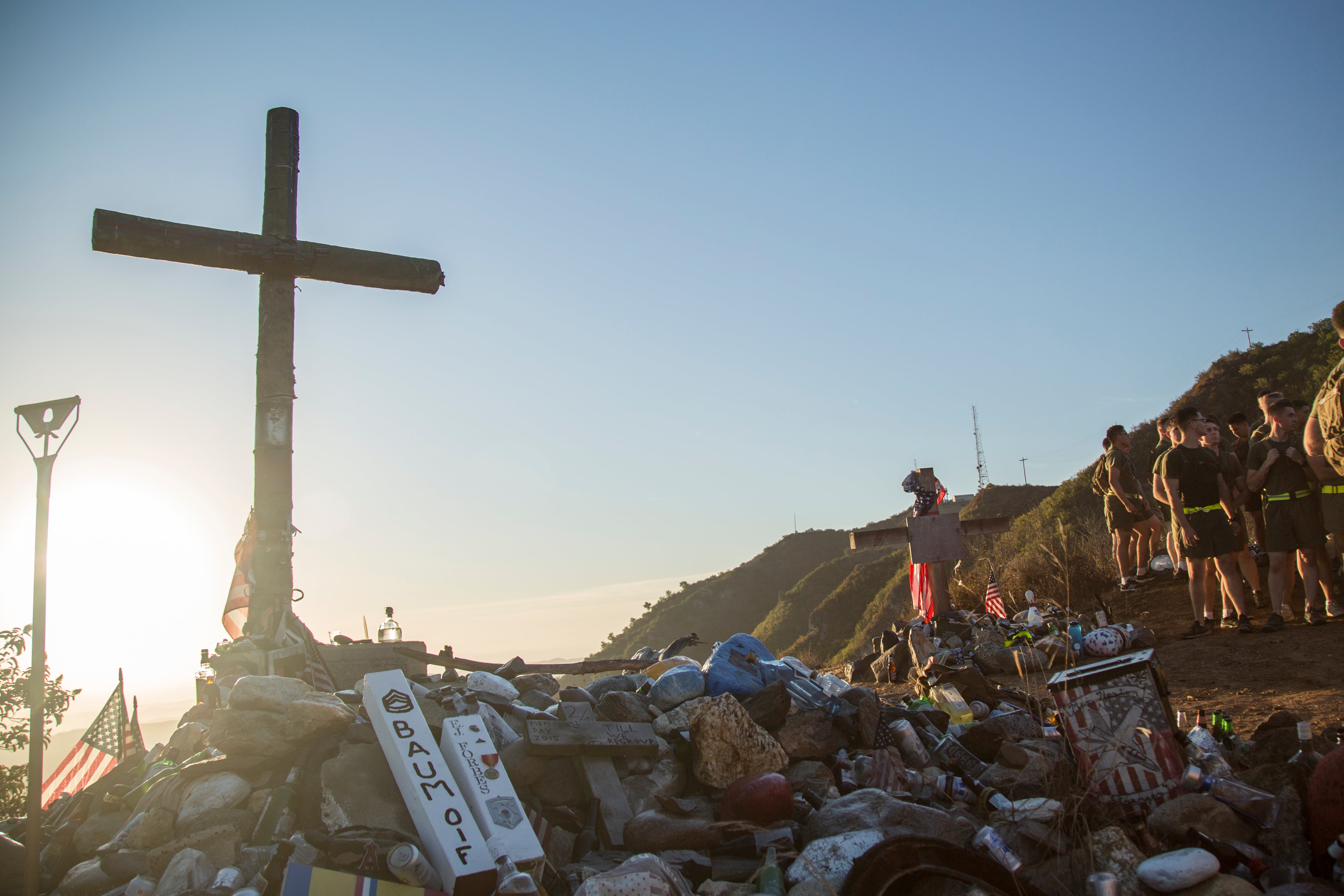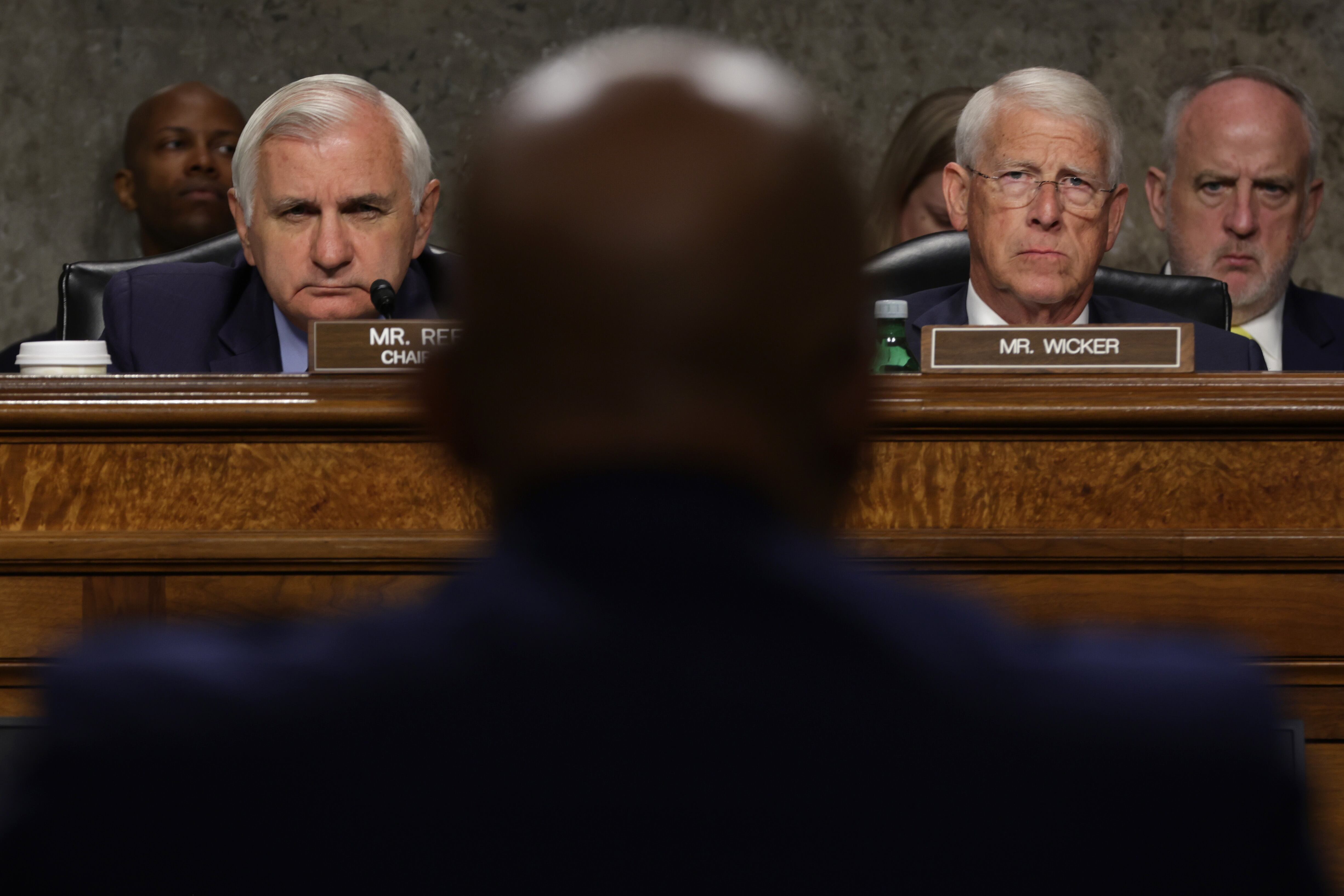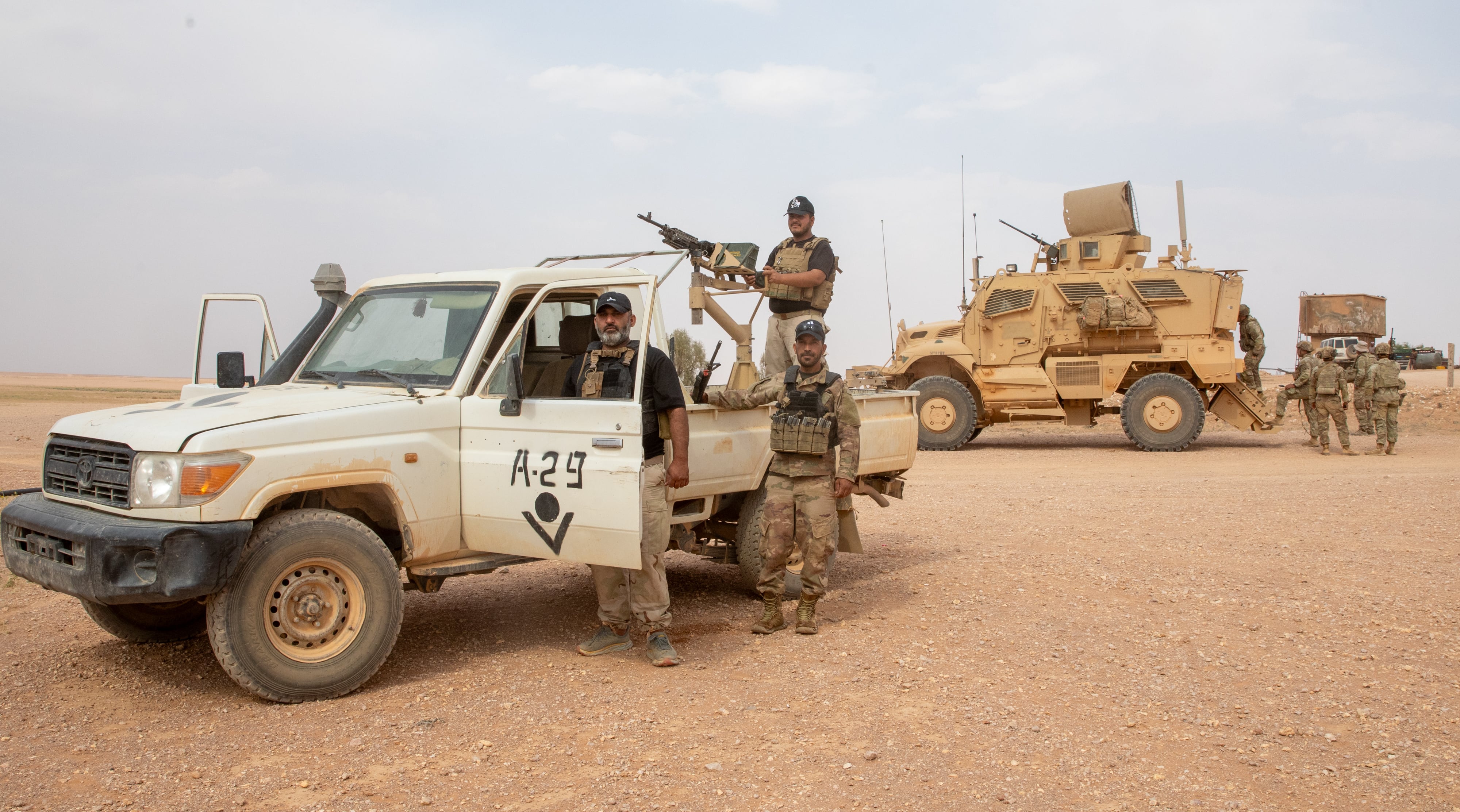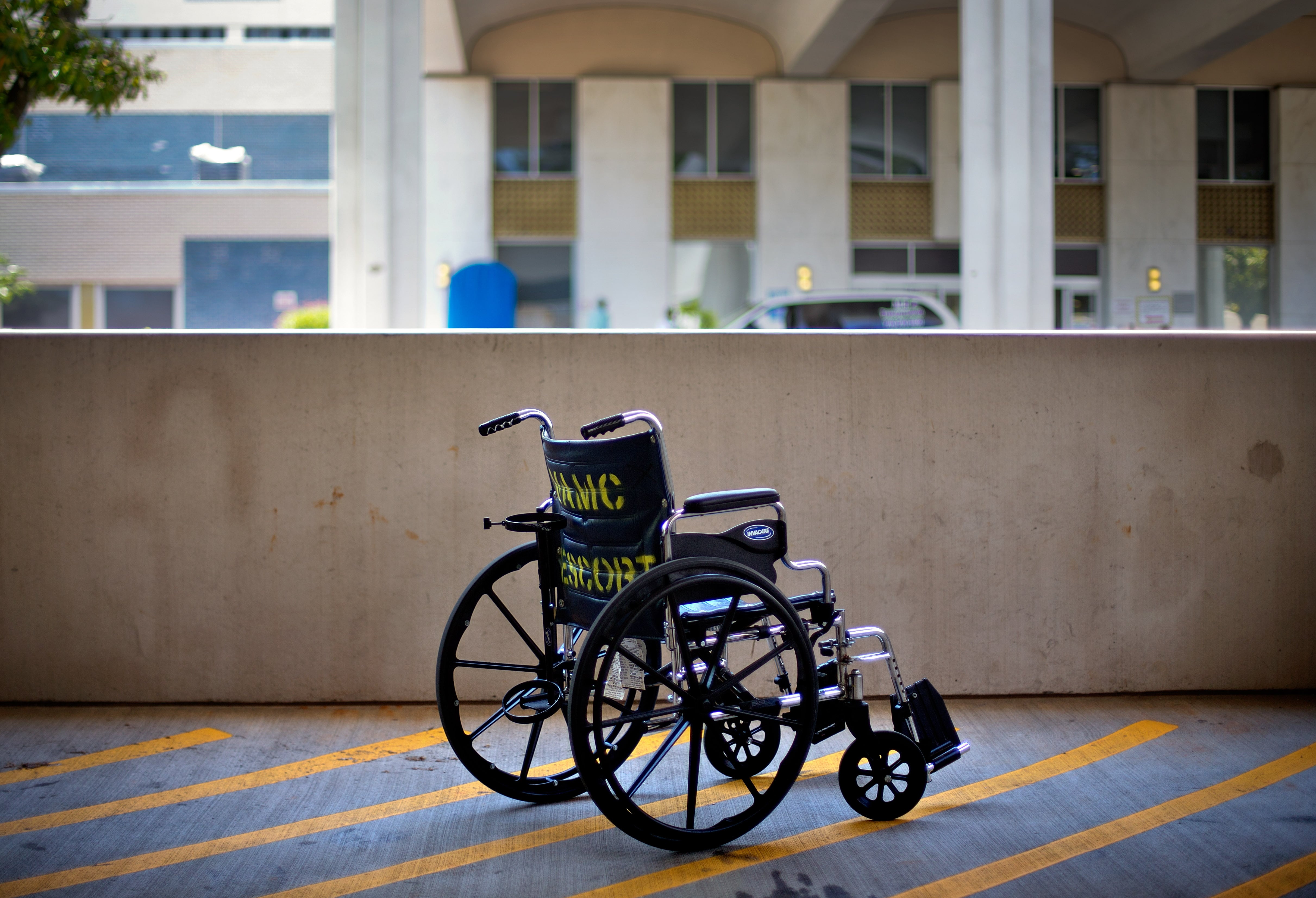A June decision by Marine officials to clean up unopened beer cans around crosses honoring fallen Marines has set off debate about what is a war memento or a memorial.
The crosses — which adorn a hilltop overlooking Camp Pendlton, California, in the Horno area — serve as a sanctum for Marines honoring their fallen brothers and sisters. The first cross was set up by a small group of Marines with 2nd Battalion, 1st Marines, in 2003.
Some Marines argue that what was cleaned up — full cans and bottles alcohol — were not trash but mementos left for fallen Marines over the years.
First Lt. Cameron Edinburgh, a 1st Marine Division spokesman, told Marine Corps Times that the area is cleaned from “time to time to ensure it is kept in respectful condition” and that “mementos of a personal nature” were left at the crosses.
RELATED
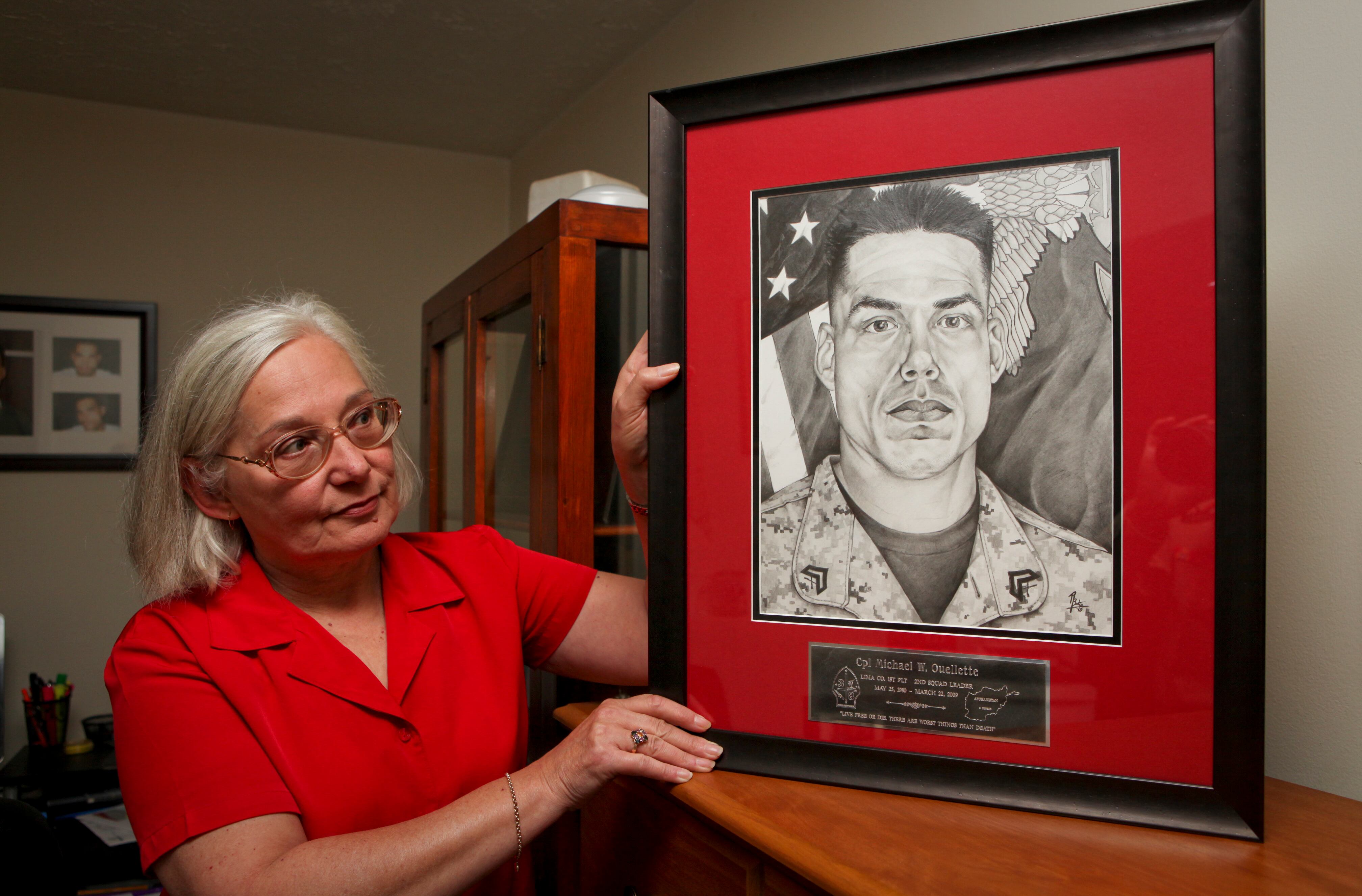
Nearly eight Humvees worth of trash — which filled an entire dumpster — was removed from the Horno cross area, Edinburgh said.
A posting to social media called for Marines’ opinions on the cleanup effort, noting that the nearly 30 bags of cans and bottles had “significant meaning behind being placed there.”
Former 2/1 Marine scout sniper Ethan Place told Marine Corps Times that he understands both sides of the issue, but says the Corps should be “careful" about removing all the cans and beer from the area.
“Hopefully it’s handled in a professional manner,”Place said.
Place earned the Silver Star for his heroic feats during the first battle to clear Fallujah, Iraq, known as Operation Vigilant Resolve. He left Iraq with 32 confirmed kills as a sniper with 2/1.
Another Marine, who spoke to Marine Corps Times on condition of anonymity, said he also understood both sides of the argument, and that the Horno cross area was starting to look “trashy.”
Edinburgh said, “The crosses in the Camp Horno area of Camp Pendleton provide an invaluable space for Marines to reflect on the sacrifices of their fallen brothers and sisters."
“The hilltop surrounding the crosses was recently cleared of trash to ensure the area is kept in respectful condition so that we can continue to properly honor the Marines for which the memorial stands,” Edinburgh said.
What is considered a war memorial or memento is a difficult question to ask and often decided by the community that has erected the memorial.
According to War Memorial Trust — a UK based organization that helps preserve war memorials — war memorials are “unique” and represent a “community’s chosen method of remembrance.”
Major Ray Mendoza Jr., the former commander for Company E, 2nd Battalion, 1st Marines, helped erect the first Horno cross. He was killed by an improvised explosive device in Iraq in November 2005.
His wife, Karen Mendoza, told Fox News that the Horno crosses are a "place for the Marines to grieve and to grow to let go of their burdens of what they had in their soul, so they can go back down that hill and back into battle and put their own lives on the line.”
The first Horno cross was destroyed by a fire in 2007. That cross was replaced, and there are now two crosses at the Horno site.
Marines have been known to place a number of mementos at the crosses from pictures, Purple Hearts to cans of beer and liquor.
The outcry over the Horno crosses is not the Corps’ first run in with controversy stemming from alterations to war memorials. It’s the second time in 2019 that an altered war memorial commemorating Marines who gave their lives during the war on terror has sparked controversy.
3rd Battalion, 8th Marines’ decision to alter a room honoring fallen Navy Cross recipient Cpl. Michael Ouellette set of a firestorm among Marines at the unit.
Shawn Snow is the senior reporter for Marine Corps Times and a Marine Corps veteran.
